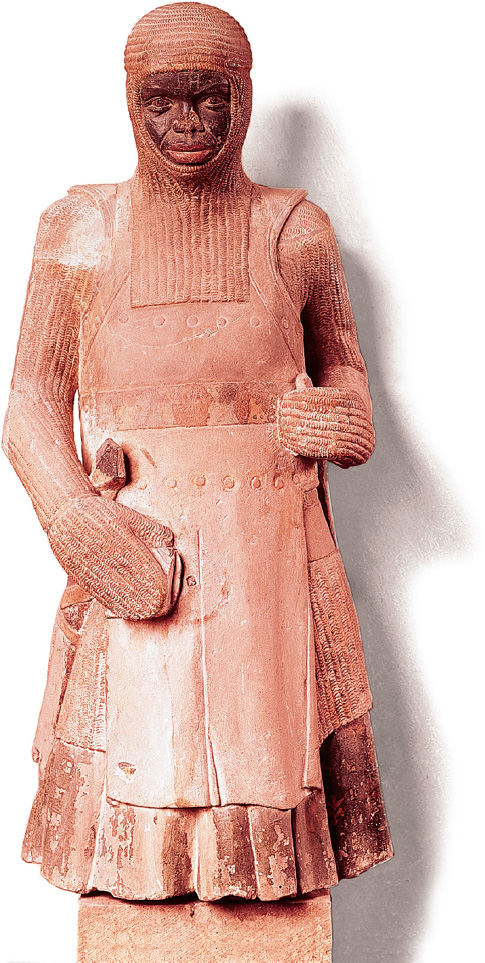Origins and Status of the Nobility
In the early Middle Ages noble status was generally limited to a very few families who either were descended from officials at the Carolingian court or were leading families among Germanic tribes. Beginning in the eleventh century, knights in the service of higher nobles or kings began to claim noble status. Although nobles were only a small fraction of the total population, the noble class grew larger and more diverse, ranging from poor knights who held tiny pieces of land (or sometimes none at all) to dukes and counts with vast territories.
Originally, most knights focused solely on military skills, but around 1200 there emerged a different ideal of knighthood, usually termed chivalry (SHIH-vuhl-ree). Chivalry was a code of conduct in which fighting to defend the Christian faith and protecting one’s countrymen were declared to have a sacred purpose. Other qualities gradually became part of chivalry: bravery, generosity, honor, graciousness, mercy, and eventually gallantry toward women, which came to be called “courtly love.” The chivalric ideal created a new standard of masculinity for nobles, in which loyalty and honor remained the most important qualities, but graceful dancing and intelligent conversation were not considered unmanly.
